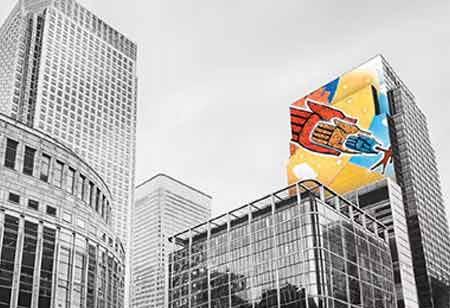Social media platforms such as Twitter, Facebook, Instagram and YouTube, have become pervasive tools for communication and disseminating information during disasters. These platforms make it easier to share situational updates and coordinate resources in real-time, enabling affected communities and response organizations, including insurance companies, to collaborate and make informed decisions.
During a disaster, having a clear assessment of the situation is vital. Social media posts can offer valuable insights into real-time conditions on the ground. By analyzing social media content, such as posts, images and videos, insurance companies can acquire a holistic view of the areas affected, the potential risks that are developing and the resources that will be needed to effectively respond. This level of situational analysis facilitates efficient response coordination and the distribution of resources to areas of greatest need.
Insurance companies are able to utilize a wide range of techniques to scour social media platforms following a disaster in order to collect data about the damage severity and evaluate claims. The following are some examples:
Insurance companies are able to utilize a wide range of techniques to scour social media platforms following a disaster in order to collect data about the damage severity and evaluate claims.
Keyword and Hashtag Monitoring: Insurance companies may use social media monitoring tools to track specific keywords related to the catastrophe event, such as a hurricane's name, the affected area and terms like "damage" or "storm aftermath." They may also watch relevant hashtags that people use to share information about the catastrophe and its impact.
Geolocation Tracking: Social media platforms often allow users to tag their posts with location information. Insurance companies can use geolocation tracking to monitor posts from areas affected by the catastrophe. By focusing on these locations, they can gather real-time information about the extent of damage and the conditions on the ground.
Image Recognition Technology: Insurance companies may use image recognition technology to analyze photos and videos posted on social media platforms. This technology can help them identify areas where there is flooding, property damage, downed trees and other indicators of a catastrophic impact. By analyzing these visuals, insurance companies can gain insights into the severity of the damage and prioritize claims accordingly.
Customer Engagement: Insurance companies can use social media as a communication channel to engage with customers affected by a catastrophe. They may offer guidance on filing claims, address frequently asked questions and communicate about critical customer support resources that are available. This proactive approach can help reassure customers and demonstrate the company's commitment to supporting them during a challenging time.
By using social media monitoring tools and techniques, insurance companies, including RLI, have been able to gather prompt and relevant information about the impact after a catastrophe event, assess claims more effectively and provide support to policyholders when they need it most.


